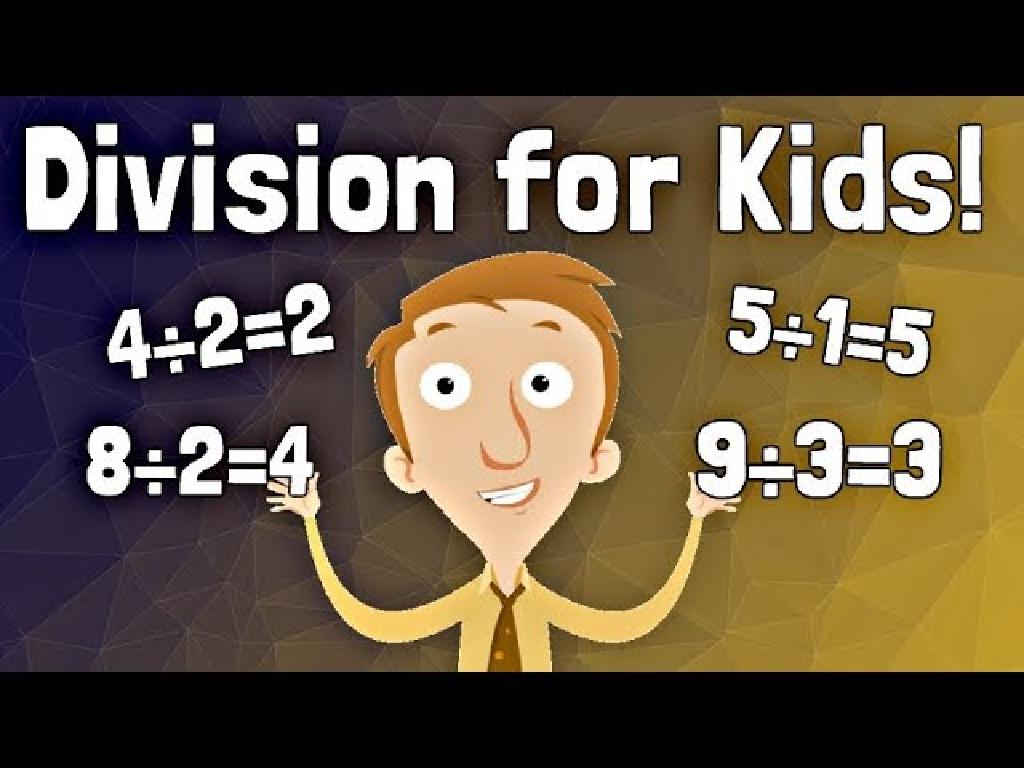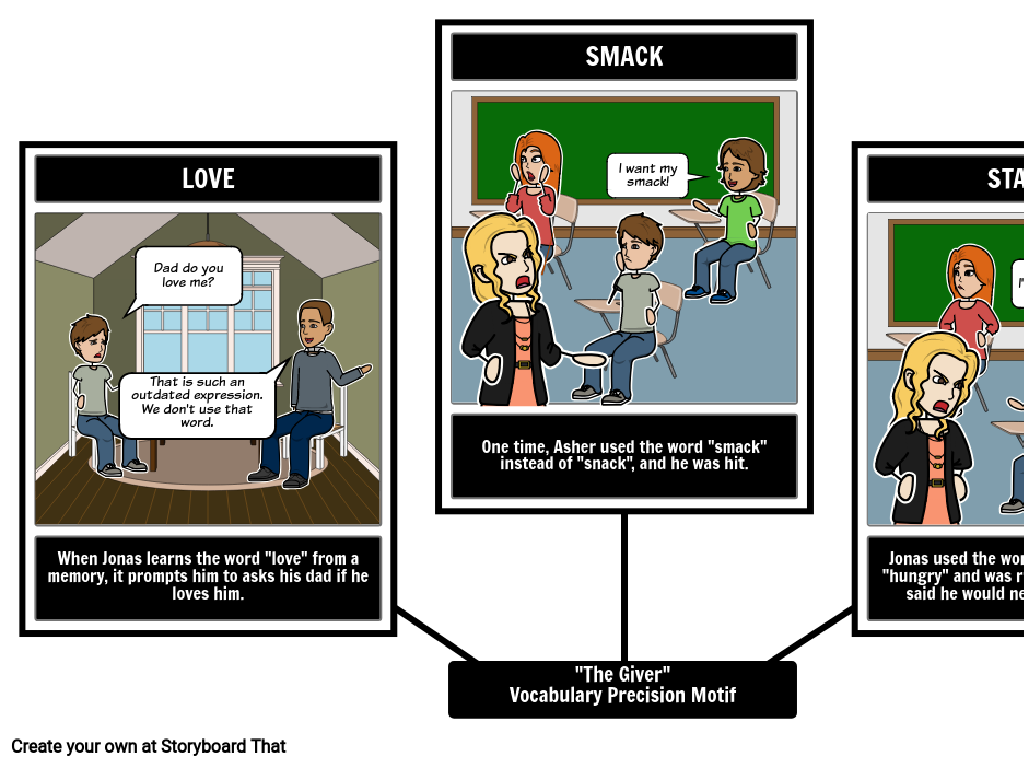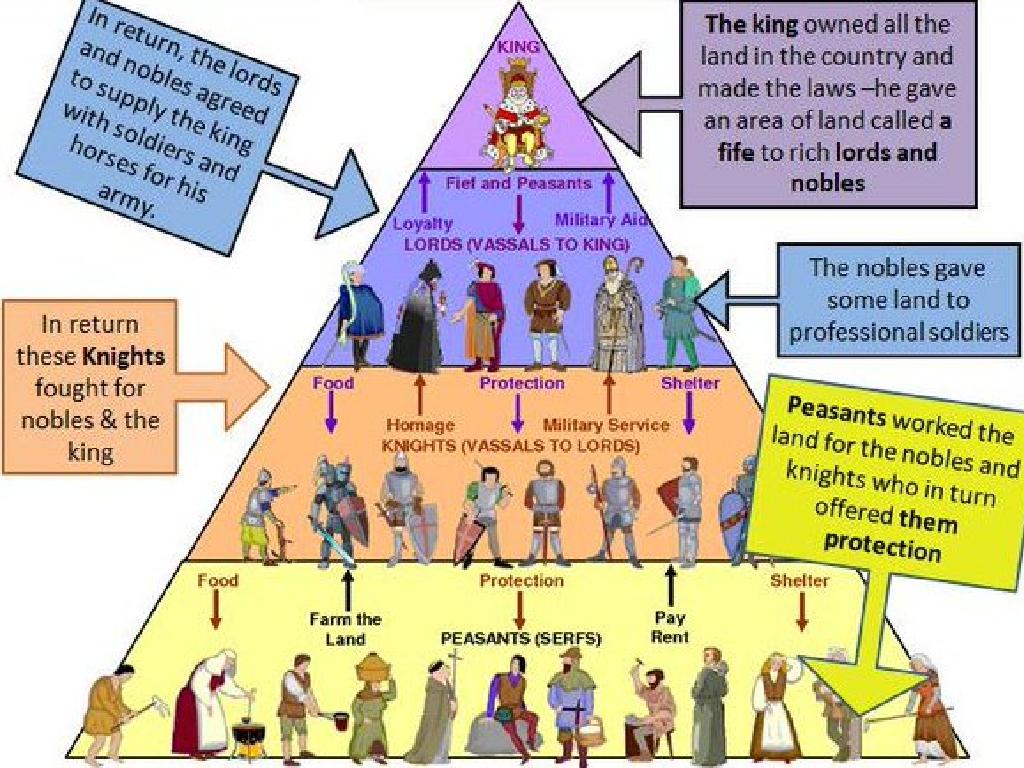The Constitution: Interpretation
Subject: Social studies
Grade: Seventh grade
Topic: The Constitution
Please LOG IN to download the presentation. Access is available to registered users only.
View More Content
The Constitution: A Living Document
– The Constitution’s adaptability
– Designed to endure over time, adapting to changes.
– Interpretation’s role in law
– Judges interpret the text to apply it to modern legal cases.
– Impact of historical context
– Past events and societal norms influence interpretation.
– Significance for today’s society
– Ensures relevance to current events and issues.
|
This slide introduces students to the concept of the United States Constitution as a living document that has been interpreted in various ways over time to remain relevant. Emphasize the importance of interpretation in the application of law, and how historical context has shaped the way we understand its provisions today. Discuss with students why it’s crucial for such a foundational document to adapt to contemporary society and the issues we face. Encourage them to think about how changes in society might lead to new interpretations of the Constitution in the future.
Understanding the U.S. Constitution
– Constitution: nation’s law foundation
– It establishes the government’s structure and its fundamental laws.
– Crafted in 1787, effective from 1788
– After being written, it was ratified and became the guiding document.
– The supreme law across the United States
– All laws and actions are judged against the Constitution’s standards.
|
The Constitution is the bedrock of all legal and governmental action in the United States, setting out the framework for the functioning of the government and its relationship with the people it governs. It was written in 1787 during the Philadelphia Convention and later ratified by the states in 1788, becoming the supreme law of the land. This means that any law passed by the government must align with the principles set out in the Constitution. It’s important for students to understand that the Constitution is a living document, one that has been amended several times to reflect the changing needs and values of the country.
Why Interpret the Constitution?
– The Constitution as a guide
– It sets principles, not just fixed rules.
– Society evolves over time
– As society’s values shift, so does our view of the Constitution.
– Interpretations reflect changes
– New situations require fresh interpretation of old texts.
– Varied perspectives on meaning
– People’s backgrounds influence their Constitutional views.
|
The Constitution is a living document that serves as a guide to governing the United States, not a set of unchangeable rules. As society progresses and values change, interpretations of the Constitution naturally evolve to reflect contemporary standards and challenges. Additionally, individuals from different backgrounds and with different perspectives may understand the Constitution’s meaning in various ways. This diversity of interpretation ensures that the Constitution remains relevant and applicable to the lives of Americans today. In class, we will explore how historical events and shifts in societal norms have influenced Constitutional interpretation over time.
Interpreting the Constitution: Originalism vs. Living Constitution
– Originalism: Framers’ Intent
– Follow the exact words and intentions of the Founding Fathers.
– Living Constitution: Modern Adaptation
– Evolve the Constitution’s meaning with current societal values.
– Examples of Originalism
– D.C. v. Heller: Gun rights based on historical context.
– Examples of Living Constitution
– Obergefell v. Hodges: Same-sex marriage reflecting contemporary views.
|
This slide explores two primary schools of thought in constitutional interpretation. Originalism emphasizes sticking to the Constitution’s original language and the framers’ intent, often using historical context to guide decisions. In contrast, the Living Constitution approach argues that the Constitution’s meaning should adapt to modern societal changes. Examples include the Supreme Court case D.C. v. Heller, which reflected an originalist view on gun rights, and Obergefell v. Hodges, which applied a Living Constitution perspective to recognize same-sex marriage. Encourage students to think critically about how these interpretations can lead to different legal outcomes and the implications for society.
Case Study: First Amendment
– Freedom of speech and more
– Covers speech, religion, press, assembly, and petition rights
– Historical context of the 1st Amendment
– Created to protect citizens from government overreach
– Modern cases and interpretations
– Recent court decisions shape our understanding
– Impact on daily life
|
This slide introduces the First Amendment as part of a case study, highlighting its five fundamental freedoms. It’s crucial to discuss the historical reasons behind the amendment’s creation, such as preventing government tyranny. Modern legal cases show how interpretations of the First Amendment have evolved and continue to influence American society. Encourage students to think about how these freedoms affect their lives and the importance of understanding current events related to these constitutional rights.
Interpretation in Action: Understanding the Constitution
– Class divides into small groups
– Each group gets a unique scenario
– Discuss and interpret your scenario
– Consider historical context and constitutional principles
– Present your group’s interpretation
– Share your findings and reasoning with the class
|
This activity is designed to engage students with the practical application of interpreting the Constitution. By working in groups, students will tackle different scenarios that require them to apply constitutional knowledge. Encourage each group to consider the historical context and the principles outlined in the Constitution while discussing their given scenario. After the discussion, each group will present their interpretation to the class, explaining their thought process and reasoning. This will help students understand that interpretation is a key aspect of engaging with the Constitution and that different perspectives can lead to varied interpretations. Possible scenarios could include historical events, modern-day situations, or hypothetical cases that challenge students to think critically about constitutional application.
Reflecting on Constitutional Interpretation
– Share your interpretation insights
– Discuss varying interpretations
Consider how context and perspective can lead to different interpretations of the same text.
– Understand diverse viewpoints
Recognizing that people have different backgrounds and experiences that shape their understanding.
– Significance of multiple perspectives
Appreciating all viewpoints ensures a more inclusive understanding of the Constitution.
|
This slide aims to engage students in a reflection and discussion activity about the interpretation of the Constitution. Students should share what they’ve learned about how the Constitution can be interpreted in various ways. Encourage them to discuss why interpretations might differ among people, considering factors like historical context, personal experiences, and societal changes. Highlight the importance of understanding and respecting different viewpoints to gain a comprehensive understanding of the Constitution’s role in society. This activity will help students appreciate the dynamic nature of constitutional interpretation and its impact on law and society.
Closing Thoughts: The Constitution’s Impact
– The Constitution is dynamic
– It adapts with society’s changes
– Interpretation influences daily life
– Laws and rights are shaped by how we understand the Constitution
– Respecting differing views is democratic
– Democracy thrives on diverse opinions and healthy debate
– Engage in civic discussions
|
As we wrap up our discussion on the Constitution, it’s important to recognize it as a living document that evolves with our society. The way we interpret the Constitution directly affects the laws we follow and our everyday rights. Encouraging students to respect different interpretations is crucial for maintaining a healthy democracy. This respect is what allows for a variety of opinions and constructive debates. Encourage students to stay informed and participate in civic discussions, emphasizing the role they play in shaping the future of our nation.






